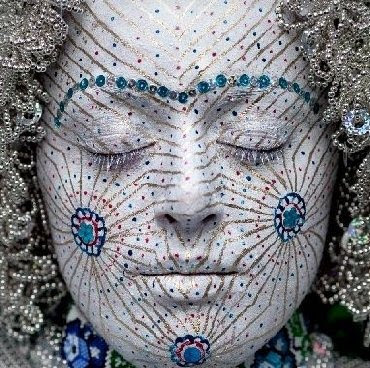 When one thinks of a wedding these days, one sees the bride in a beautiful white dress with the groom in a tuxedo or other appropriate attire, together with the bridesmaids and other attendants. All, standing before the altar, give a picture of beauty and extreme happiness. It seems that there is always a humorous moment or two where the officiate has a slip of the tongue or the bride or groom, in their nervousness, miss a cue. This just gives more gladness to the ceremony and brings a relaxing mood to all in attendance.
When one thinks of a wedding these days, one sees the bride in a beautiful white dress with the groom in a tuxedo or other appropriate attire, together with the bridesmaids and other attendants. All, standing before the altar, give a picture of beauty and extreme happiness. It seems that there is always a humorous moment or two where the officiate has a slip of the tongue or the bride or groom, in their nervousness, miss a cue. This just gives more gladness to the ceremony and brings a relaxing mood to all in attendance.This article is devoted to weddings in different cultures. While all achieve the ultimate end of marriage and togetherness between a man and a woman it is interesting to note the particular actions taken and have very symbolic meanings.
* Belgian. At the wedding ceremony the bride, while walking up the aisle, stops and presents her mother with a flower from her bouquet. Following the ceremony she performs the same ritual with her mother-in-law. In both instances the bride embraces her mother then new mother.
* Chinese. The typical wedding dress is red, which symbolizes joy and love. The wedding reception usually includes a nine-course meal which sometimes lasts up to three hours.
* Eastern Orthodox Church. Rings are very important during this ceremony, being blessed by the Priest. He takes the rings in hand and makes the sign of a cross over the Bride and Groom's head. The rings are then placed three times by the Best Man, placing the Bride's ring on the Groom's finger and the Groom's ring on the Bride's finger. This signifies the compensation for weakness and strength in each other. Candles are held throughout the wedding service, following which crowns are placed on the head of the bride and groom, crowning them as King and Queen of their home.





No comments:
Post a Comment